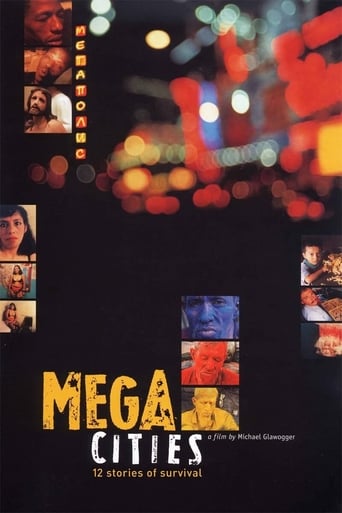
12 Aug 1998

Megacities
Megacities is a documentary about the slums of five different metropolitan cities.
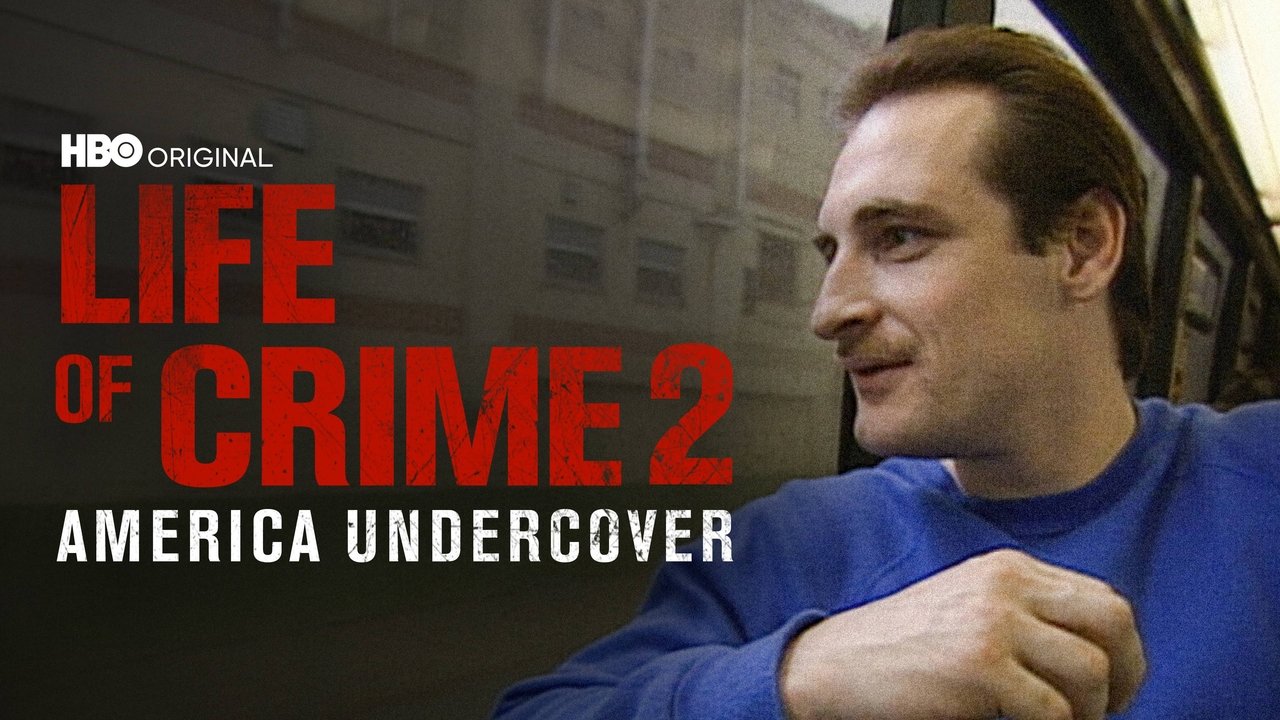
This follow-up to the 1989 documentary ONE YEAR IN A LIFE OF CRIME revisits three of the original subjects in New Jersey during a five-year period in the 1990s. We share in their triumphs and setbacks as they navigate lives of poverty, drug abuse, AIDS, and petty crime.
Self
Self
Self

12 Aug 1998

Megacities is a documentary about the slums of five different metropolitan cities.
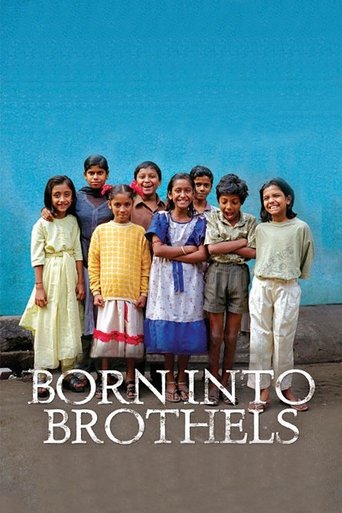
08 Dec 2004

Documentary depicting the lives of child prostitutes in the red light district of Songachi, Calcutta. Director Zana Briski went to photograph the prostitutes when she met and became friends with their children. Briski began giving photography lessons to the children and became aware that their photography might be a way for them to lead better lives.
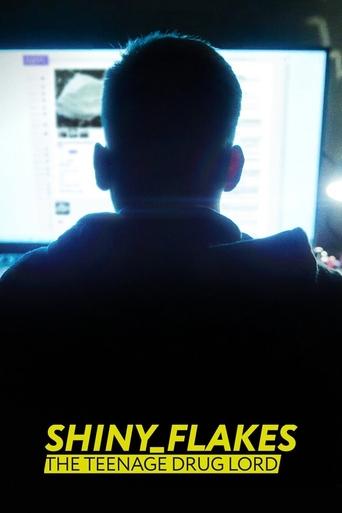
02 Aug 2021

Max S. reveals how he built a drug empire from his childhood bedroom in this story that inspired the series "How to Sell Drugs Online."
28 Jun 2007
Fictionalized documentary about the history of HIV/AIDS in Argentina from its inception up until 2006.
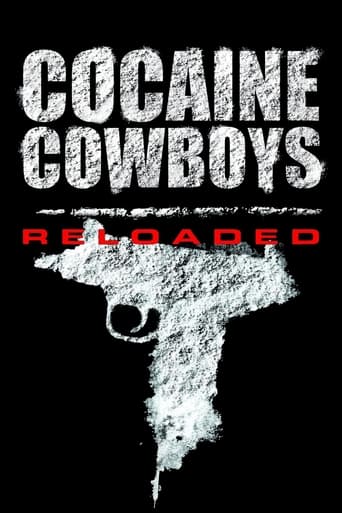
08 Apr 2014

In the 1980s, ruthless Colombian cocaine barons invaded Miami with a brand of violence unseen in this country since Prohibition-era Chicago. Cocaine Cowboys is the true story of how Miami became the drug, murder and cash capital of the United States. But it isn't the whole story - Pulling from hundreds of hours of additional interviews and recently uncovered archival news footage, Cocaine Cowboys has been RELOADED: packed with footage and stories that have never been told about Griselda Blanco, the Medellín Cartel, and Miami's Cocaine Wars, with firsthand accounts by hit man Jorge 'Rivi' Ayala, cocaine trafficker Jon Roberts, smuggler Mickey Munday, and others. Cocaine Cowboys: Reloaded recreates Miami's Cocaine Wars like you've never experienced it.
16 Dec 2007
Dave is a stockbroker with an expensive heroin habit. Even though he earns thousands of dollars per week, it never seems to be enough for him and his girlfriend. His mother is emotionally exhausted. Dave learns that ibogaine, the extract of a West African tree root, has the power to stop addiction without withdrawal symptoms. He knows that the heroin is killing him. He's miserable and he wants to stop. Is this what he needs to kick the habit?
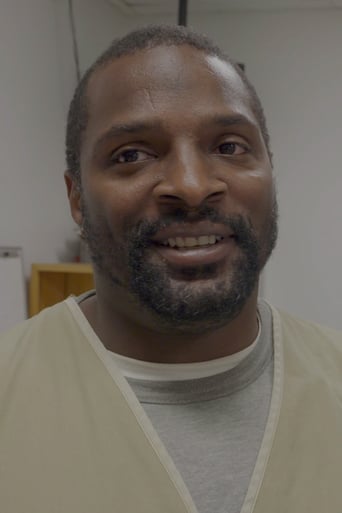
22 Jan 2020

A father exits prison and tries to integrate with his two children and girlfriend while living in a halfway house and on parole.
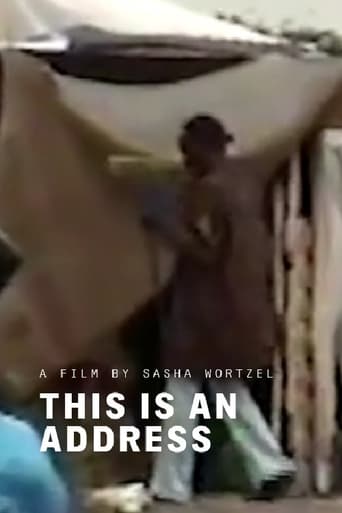
23 Oct 2020

Stonewall veterans (including prominent trans activist Sylvia Rivera) and HIV-positive New Yorkers take up residency on the Hudson River piers as cranes raze vacant buildings for a new skyline.

04 Sep 2001

A British-produced documentary about the bizarre life of Nazi SS officer Otto Rahn, focused on his search for the mystical Holy Grail of Christ.
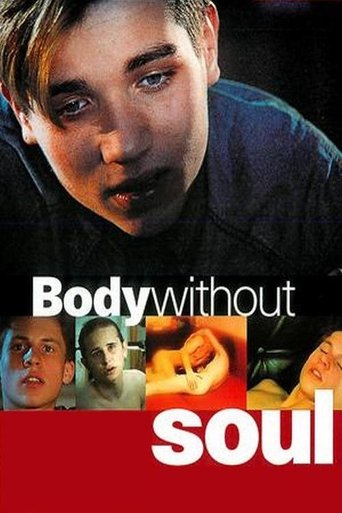
09 Nov 1996

A stark documentary about young male prostitutes in Prague, aged 15 to 18, who work the streets, train stations, and clubs. Through candid interviews and behind-the-scenes footage of gay porn shoots, the film explores their lives, struggles, and dreams, touching on themes of exploitation, identity, AIDS, and survival.

08 Nov 1996

This documentary examines the Seattle scene as it became the focus of a merging of punk rock, heavy metal, and innovation. Building from the grass roots, self-promoted and self-recorded until break-out success of bands like Nirvana brought the record industry to the Pacific Northwest, a phenomenon was born.
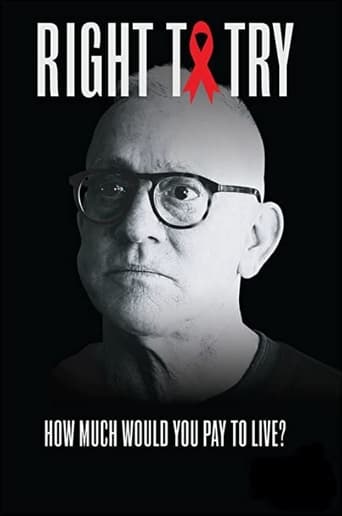
13 Aug 2021

The business of HIV is uncovered through the lens of a long-term survivor, who puts his life on the line in search of a cure.
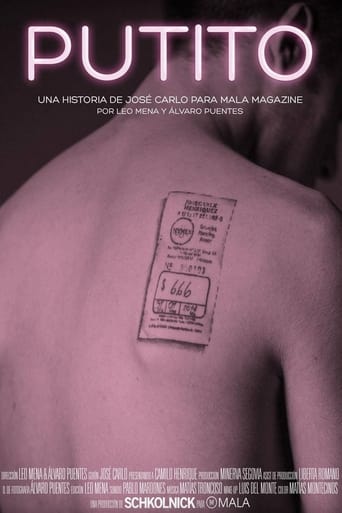
08 Sep 2014

Putito is a production with no specific genre, where reality and fiction blend through a testimony written by José Carlos Henríquez - a feminist activist and male prostitute who plays himself in the project. Available in a censored and uncensored version.
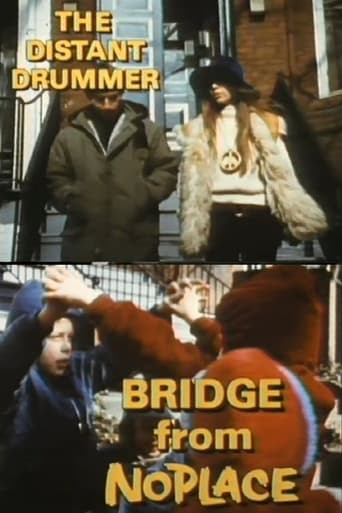
23 Jan 1970

This film describes the 1960s drug culture. Addicts discuss their experiences in the United States and in Vietnam. Dr. Stanley Yolles, director of the National Institute of Mental Health (NIMH), talks about the drug culture and the NIMH role in prevention and treatment. The tape describes growth in the use of marijuana and heroin. In 1966, the Narcotic Addict Rehabilitation Act is the first law to give the addict a choice of treatment or jail. Synanon in California is a private, self-help, residential community that helps people deal with their addictions. New York's Daytop Village works not only with addicts on addictions, but on developing a new lifestyle. Methadone, though still experimental, has proved to be an effective treatment for heroin addiction.
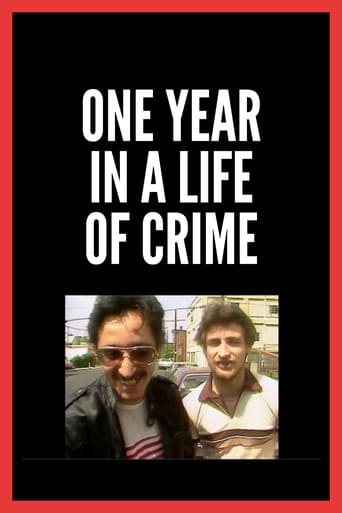
01 Dec 1989

Their job is stealing, their lives a cruel dead end. Director Jon Alpert takes his cameras undercover for this hard-hitting look at men who live by theft and suffer addiction. Focusing on a year in the lives of three professional criminals, this gritty profile—which includes hidden-camera footage of actual thefts—exposes the "petty" crimes that are paralyzing America.
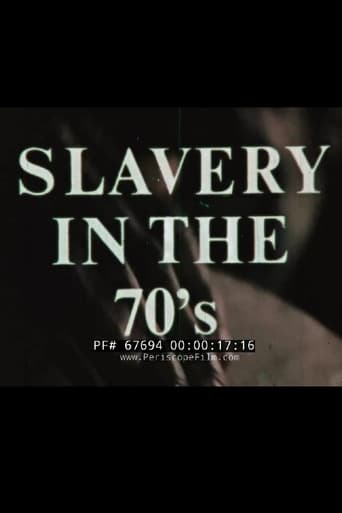
23 Jan 1972

Heroin anti-drug educational film
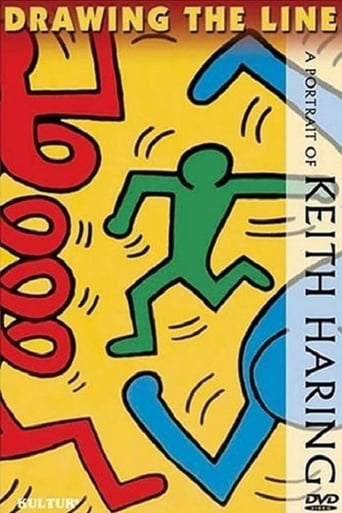
01 Nov 1989

Short documentary about artist Keith Haring, detailing his involvement in the New York City graffiti subculture, his opening of the Pop Shop, and the social commentary present in his paintings and drawings.
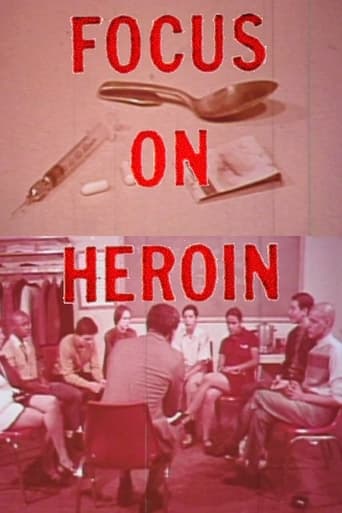
23 Jan 1971

This film points out the risks of being a heroin addict. Explains that addicts cannot be identified solely with one particular socio-economic level and cannot always be detected by appearance. Addicts and ex-addicts describe the first and subsequent drugs they used.
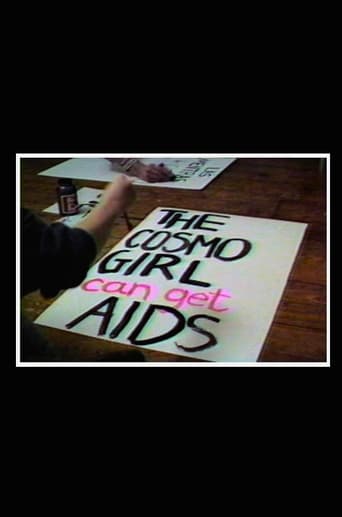
01 Jan 1988

Outraged by the controversial January, 1988 article in Cosmopolitan magazine, the women in the AIDS Coalition to Unleash Power, (Act Up, New York), organized the first AIDS demonstration focused on women. Doctors, Liars and Women:AIDS Activists Say No To Cosmo not only documents the efforts of the Women's Committee to organize this protest, it also serves as a how-to-guide for direct action.
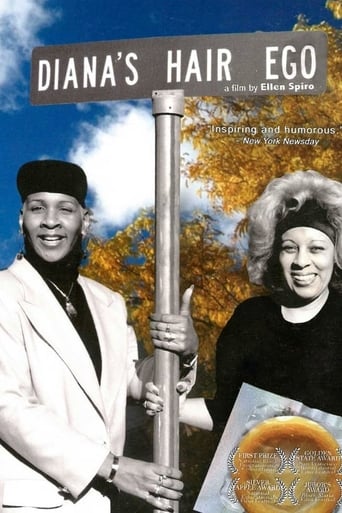
01 Jan 1990

A documentary film about AIDS and one unconventional woman's efforts to educate her small, Southern community. DiAna DiAna is a local hairdresser who transformed her beauty parlor into a center for AIDS and safe sex information.